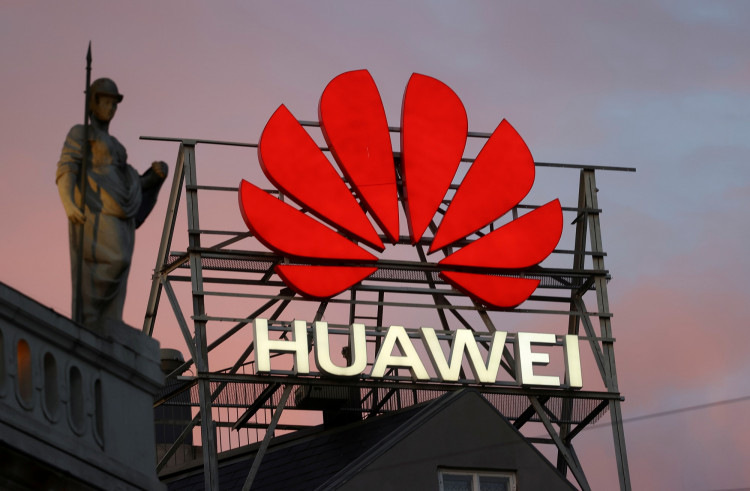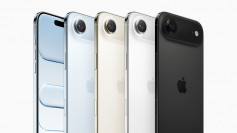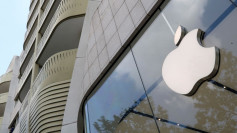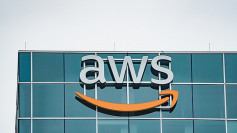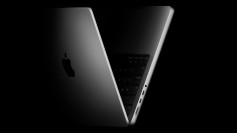Huawei has introduced its Mate XT trifold smartphone to international markets, marking the company's latest attempt to regain footing outside of China after years of U.S. sanctions curtailed its global presence. The foldable device, which carries a price tag of €3,499 ($3,660), is now available in select markets, including Saudi Arabia and the United Arab Emirates, though Huawei has yet to disclose a full list of countries where it will be sold.
The Mate XT, first launched in China in September 2024, is the world's first smartphone with a dual-hinge folding design, allowing it to transition between three screen configurations. When closed, the device features a 6.4-inch display; partially unfolded, it expands to 7.9 inches, and when fully extended, it transforms into a 10.2-inch tablet-like screen.
Huawei was once a dominant player in the global smartphone market, competing with Apple and Samsung in the premium segment. However, U.S. sanctions imposed in 2019 cut off its access to critical semiconductor components and Google's Android operating system, causing its market share to plummet outside China. According to data from the International Data Corporation, Huawei now holds just 0.3% of the global smartphone market beyond its home country.
In China, however, the company has staged a strong recovery. Huawei's market share grew from 12% in 2023 to 17% in 2024, driven by the launch of a smartphone powered by an advanced chip-a development that surprised analysts given restrictions on China's access to cutting-edge semiconductor technology. Huawei is now looking to replicate that momentum internationally, using premium devices like the Mate XT to reestablish its presence.
Francisco Jeronimo, vice president for data and analytics at IDC, said the Mate XT is likely to appeal to wealthy consumers who prioritize exclusivity over practicality. "Because it is very expensive, they aim to target wealthy individuals who are more keen on showing off they have the money versus having the best experience you can get," he told CNBC. Jeronimo estimated that even if Huawei sells only half a million units of the Mate XT, it could generate roughly $1.5 billion in revenue. However, analysts caution that the device's adoption outside of China may be limited due to its lack of Google services.
The Mate XT operates on Huawei's proprietary HarmonyOS rather than Google's Android, meaning users cannot access the Google Play Store or popular apps such as YouTube, Gmail, and Google Maps. This limitation has historically hampered Huawei's ability to attract consumers in Western markets, where Android remains dominant. Neil Shah, partner at Counterpoint Research, noted that "lack of Google still is a 'gaping hole' for mainstream international market[s], especially those who will pay top dollar for a trifold hardware but want to run Netflix or Google's Play Store or the latest cutting-edge GenAI Google Gemini features."
Beyond its folding display, the Mate XT boasts a thin profile, measuring just 3.6mm at its slimmest point when fully opened. It features a 5,600mAh battery with both wired and wireless charging capabilities and a triple-camera system, including a 50-megapixel main sensor, a 12-megapixel ultrawide lens, and a periscope telephoto lens. Despite the technological innovation, the trifold's complex folding mechanism has drawn mixed reactions. A reviewer for The Verge described the device as "sturdy despite its delicate design" but noted that it was "a little unintuitive having to fold each screen segment in a different direction to close the phone."
Huawei has not announced plans to sell the Mate XT in the U.S. or U.K., markets where its presence has been significantly diminished due to regulatory restrictions. "It's not coming to the UK or US for the time being," Huawei UK public relations specialist Elliot Mulley-Goodbarne told The Verge. The Mate XT was launched alongside other Huawei products, including the FreeArc open-ear earbuds, the Band 10 fitness tracker, and the MatePad Pro 13.2 tablet featuring a matte OLED display.
